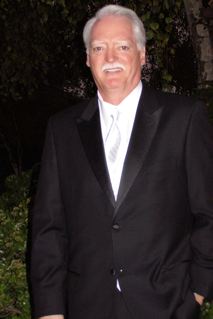After repeated (frustrated attempts) to find a phone # or address, I got through to a Customer Service line and explained that I wanted to have an address to where I could send a letter of dissatisfaction and as to why my husband and I canceled our account today. The customer service representative never asked why but gave me a PO Box address in Florida. 'Is there a particular department or name?' "No." I am thinking to myself, what happens when a complaint letter arrives at that PO box? How in the world will it find its way to the right department? Then the representative asks if there is anything else Wal-Mart could do. Yes, I want to explain my story and make a complaint. That is why I needed the address. "OK, thanks for calling today and being a valued Wal-Mart Customer."
AARGGGH!
Then I went online to corporate offices, got that address and phone number, and of course, being a holiday, they were not open. But here was some information I thought you would find interesting. On the Wal-Mart corporate Website are these words:
"Our Three Basic Beliefs as per Sam Walton:
1. Respect for the Individual
2. Service to Our Customers
3. Striving for Excellence"
(I beg to differ that they operate their business by these principles).
I must go on record to say that the CS rep, Tawana, from Wal-Mart.com who called today in response to my email dispute, was very gracious and polite. She listened, she understood, agreed with some of my frustration and even found an error on the site regarding the shipping info on the Eastsport Backpack I ordered that she was going to report. Yet, even with the misunderstanding on the order, the fact that it was not stated clearly that the backpack would not be charged the $.97 as stated for that day's special but would also incur the additional 1-day shipping fee, and that there was an error in how the shipping info was listed; AND the fact that a 'valued customer' was about to cancel the account completely, she would not refund the $14.00 shipping fee in question.
When my husband called to cancel the account, the rep never asked why we were dissatisfied with their customer service. I will say that they accurately and speedily canceled the account because when I went back online to try to send a letter from there, the account was already closed.
I will be sending a letter to the PO Box and I may still dispute paying the additional shipping fee that I am contesting. I will await the bill and see what options are listed there.
Oh and on the Wal-Mart corporate site, they also refer to "Servant Leadership". Yeah, right...
Thanks
It has been my experience that some large companies tend to hide behind the word "POLICY" rather than empowering their employees to do the right thing. Empowered employees use their good judgment in order to fix an injustice to the customer. In this case, the customer believed that by spending more, they could guarantee the arrival of their order in one day. Wal-Mart's shipping policy does not give any such guarantee. The Wal-Mart customer service reps are given certain guidelines by which to abide when dealing with customers. The reps therefore may have the impression of always being in the right if they follow these guidelines. If that is the case, all I can add is that Wal-Mart should add to their "Three Basic Beliefs" a fourth that says, "Whether the customer is right or wrong, they are always the customer!"
DJC

